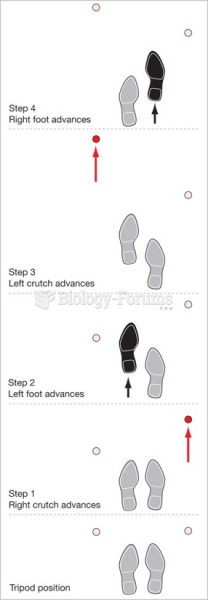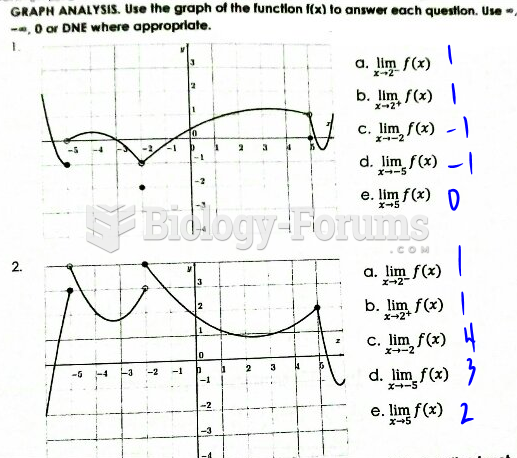Answer to Question 1
Answer: A break-of-bulk point is a location where transfer among transportation modes is possible. Regardless of transportation mode, cost rises each time that inputs or products are transferred from one mode to another. For example, workers must unload goods from a truck and then reload them onto a plane. The company may need to build or rent a warehouse to store goods temporarily after unloading from one mode and before loading to another mode. Some companies may calculate that the cost of one mode is lower for some inputs and products, whereas another mode may be cheaper for other goods. Many companies that use multiple transport modes locate at a break-of-bulk point.
Containerization has facilitated transfer of packages between modes at break-of-bulk points. Containers may be packed into a rail car, transferred quickly to a container ship to cross the ocean, and unloaded into trucks at the other end. Large ships have been specially built to accommodate large numbers of rectangular, box-like containers.
Answer to Question 2
Answer: As a general rule, the farther something is transported, the lower is the cost per mile. Longer distance transportation is cheaper per mile in part because firms must pay workers to load goods on and off vehicles, whether the material travels 10 miles or 10,000. The cost per mile decreases at different rates for each of the four modes, because the loading and unloading expenses differ for each mode.
Airplanes are normally the most expensive alternative, so they are usually reserved for speedy delivery of small-bulk, high-value packages.
Ships are attractive for very long distances because the cost per mile is very low.
Trains are often used to ship to destinations that take longer than one day to reach. Trains take longer than trucks to load, but are not required to make daily rest stops like truck drivers.
Trucks are most often used for short-distance delivery because they can be loaded and unloaded quickly and cheaply.







